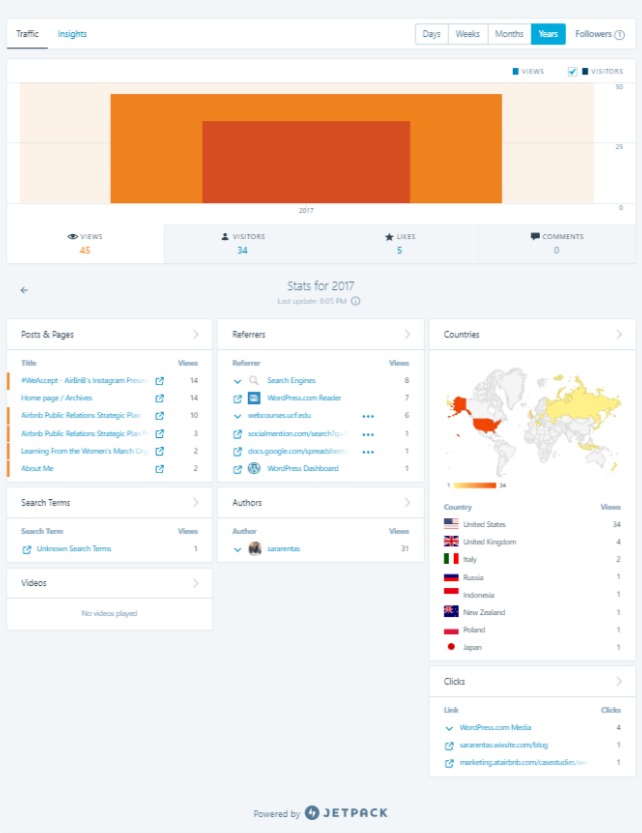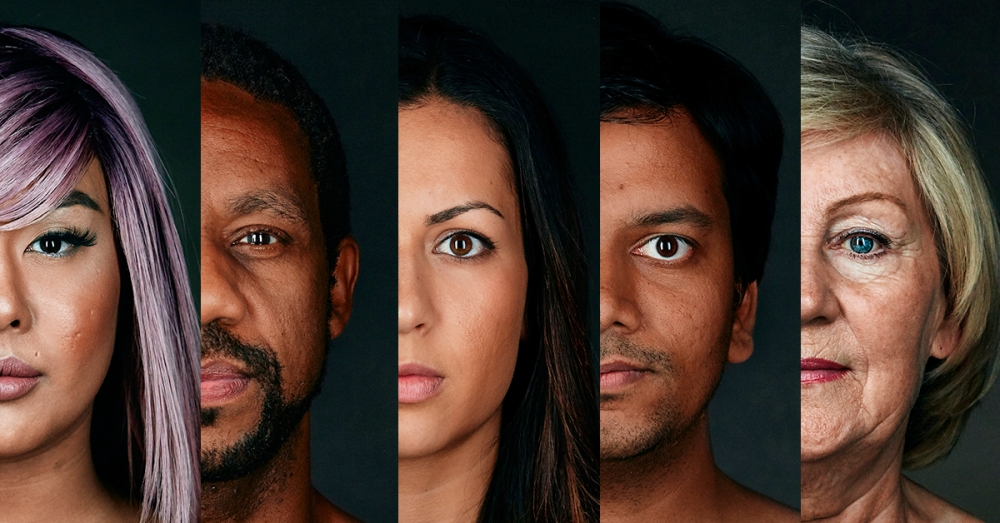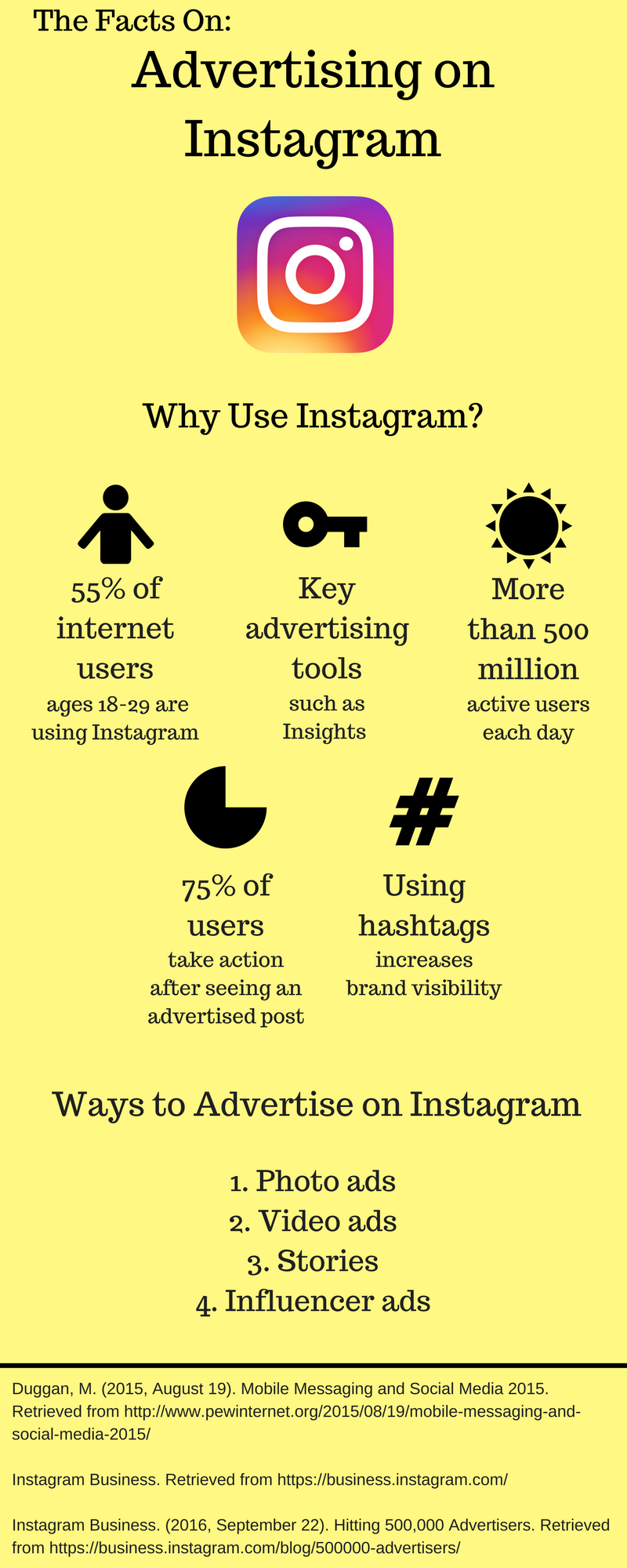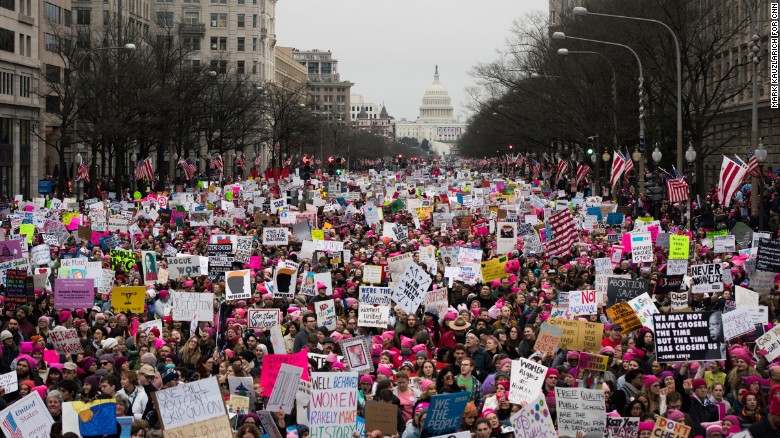Atlanta Varsity Showdown
I’ve written a blog post about my trip to Atlanta this year and my first dance competition! Check it out here!
I’ve written a blog post about my trip to Atlanta this year and my first dance competition! Check it out here!

After having this blog for a semester it’s very interesting to look at my stats page and see how, when, and where people come across my posts. Most of my visitors are from the United States, but several have visited from other countries in Europe and Asia. It seems most people were also referred to my blog from search engines.
Looking at my stats I know that I want to increase my audience growth rate and engagement. I can do this by sharing my posts more on social media platforms such as twitter. I can increase engagement such as post likes, comments, and followers by reaching out to other bloggers and sharing their content as well. These things will help me in my goals of managing a blog that not only includes posts on various topics I find interesting, but will help me to improve my writing and ideas by interacting with other bloggers and professionals.
Although I’ve been writing on this blog for a couple months now, I mostly use this space to write about what I’m learning in my advertising classes.
Be sure to subscribe to my actual blog here.


Instagram is a photo sharing social media platform that has grown to have more than 500 million active accounts every day. Through the Instagram app, users can upload photos and videos, and interact with other users by “liking”, commenting, or sharing their content, and following accounts that interest them. According to this 2015 Pew Research study, 55% of all internet users ages 18-29 are using Instagram.
To use Instagram efficiently, it’s important to know who your audience is and understand how to better reach your intended demographic. The Insights tool in a business Instagram account is very helpful in being able to keep track of how your social media content is reaching users. Brands such as National Geographic, Nike, and Victoria’s Secret lead the way in follower count on Instagram because they are using the platform to their advantage, creating content their audience responds well to and makes their brand stand out.
In 2017, AirBnB especially stood out against competitors when they began their socio-political stances clear when the United States government closed its boarders to refugees. The We Accept campaign, kicked off with a commercial during the Super Bowl. The commercial focused on the idea of humanizing those who are different, encouraging unity and acceptance to make a more beautiful world.
Immediately after, AirBnB took to their social media pages. Their Instagram account featured the portrait photos included in the commercial with “firsthand testimonial about the role of acceptance in their lives.” This is contrasts with the brand’s usual photos of beautiful scenery and inviting homes. This choice truly brings the viewer to view others as people, as Instagram often does. Users of this platform primarily use it to share their lives with others. This Instagram campaign uses that idea to encourage conversation on an often debated issue. It invited those who stood firm in the same belief as AirBnB, to proclaim their acceptance of others regardless of social, economic, or political backgrounds.
In addition to promoting their brand, they began a call-to-action on social media and invited consumers to participate in their goal of providing homes to 100,000 people in need over the next five years. The AirBnB website mentions that the #WeAccept became the number one advertiser hashtag during the Super Bowl and over 15,000 people have voluntarily opened their homes to someone in need.

Kelly, P. (2017, March 17). 10 Most Followed Brands on Instagram. Retrieved from http://www.smartinsights.com/social-media-marketing/instagram-marketing/10-followed-brands-instagram/
Duggan, M. (2015, August 19). Mobile Messaging and Social Media 2015. Retrieved from http://www.pewinternet.org/2015/08/19/mobile-messaging-and-social-media-2015/
Instagram Business. (2016, September 22). Hitting 500,000 Advertisers. Retrieved from https://business.instagram.com/blog/500000-advertisers/
Instagram Business. Retrieved from https://business.instagram.com/d
We Accept. Retrieved from https://marketing.atairbnb.com/casestudies/we-accept

The night of the presidential election and the announcement of Donald Trump’s victory, feeling upset at the results, Teresa Shook called for a march on Washington on Facebook. What began as a local call to action in Hawaii on a social media platform, became a national event overnight. Activists, led by a team of organizers, across the United States arranged marches to protest the results of the election and make their voices heard on social issues. The events gained attention from international news sources, the President, social influencers and celebrities, and roughly 4,157,894 protesters in the U.S., according to The Washington Post. January 21st, 2017 brought about one of the largest single-day demonstrations in the nation’s history.
This campaign truly draws attention to the power social media has in our society. Initially, the content from the organizers was minimal, but their approach appealed to emotions and encouraged people to participate with the creation of social media accounts, hashtags, and events.
As the hours passed, protesters created their own content in support of the Women’s March, posting photos and videos of signs, chants, and speeches. News sources had no choice but to pay attention.

Social media platforms could not escape the #WomensMarch. It is a very clear example of how influential an audience can be (and more generally speaking, consumers). According to Zoomph, 150.9K Millennials alone used the hashtag on Facebook, Twitter, and Instagram during the 9 hours of the march. People are drawn to large scale movements such as this one, and the supporters’ ability to share experiences, photos, and activity all over the world is one of the most important reasons this march was as successful as it was.
In the weeks following the event, the organizers behind them continued to engage their audience, encouraging participation in 9 other “actions” as part of the overall “10 Actions in 100 Days” campaign. One of these actions included the International Women’s Day demonstration on March 8th, “A Day Without a Woman“. These activists continue to use social media to attract supporters for what they believe is right, holding its Women’s Convention the last weekend of October 2017.
In my own research of this event and its organizers, I believe the most important thing I have learned is to be resourceful. Regardless of the issue, the product, or the group, social media is an incredibly powerful tool, and although this isn’t always a good thing, we should look at the general benefits. It can rally the masses, it demands attention, it spreads a message in seconds, just as it did in this challenge to society. Organizations not taking full advantage of social media are doing themselves a disservice.
Photo: Tamika Mallory, right, co-chair of the Women’s March on Washington, with fellow co-chairs Carmen Perez, left, and Linda Sarsour, Jan. 9, 2017 in New York. (Mark Lennihan / AP)